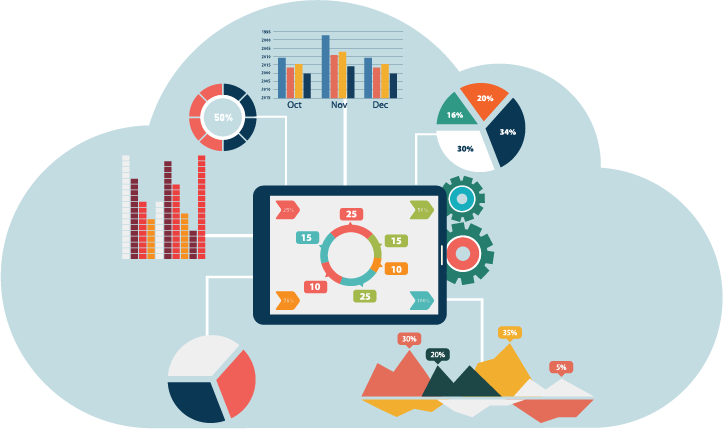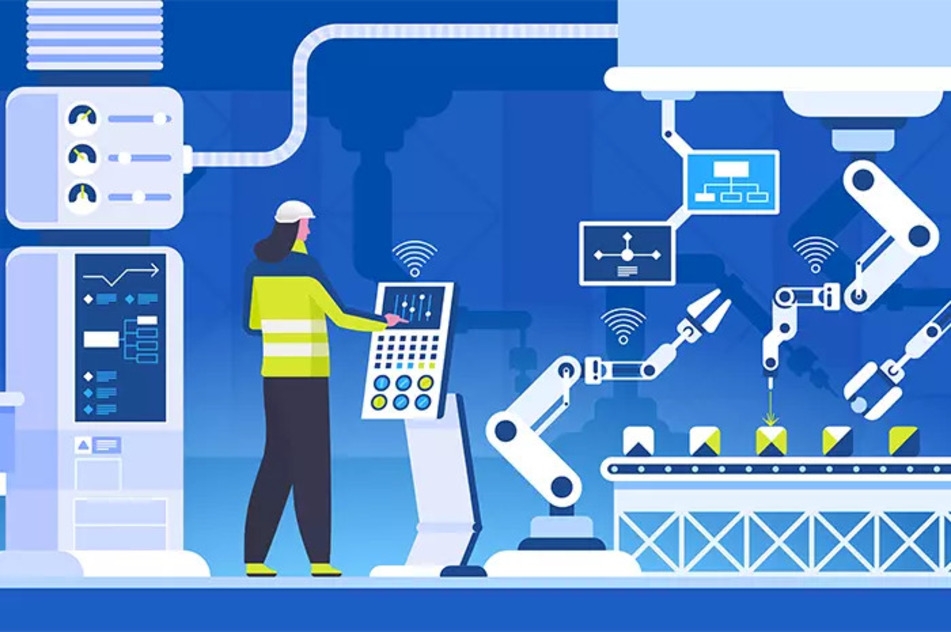Sports Analytics: Smart Wearables in Sports
Sports analytics is revolutionizing the way athletes, coaches, and teams approach the game. By leveraging advanced data collection and analysis techniques, sports analytics provides invaluable insights that drive performance improvements, strategic decisions, and overall success. At its core, sports analytics involves the use of statistical and computational methods to analyse various aspects of athletic performance, from individual player metrics to team dynamics and game strategies.
One of the key areas where sports analytics has made a significant impact is player performance analysis. Traditional methods of evaluating players, such as scouting reports and subjective assessments, have been supplemented and, in many cases, replaced by data-driven approaches. Using wearable technology and advanced sensors, detailed data on players’ movements, speed, heart rate, and other physiological metrics can be collected during training sessions and live games. This data is then analyzed to identify strengths, weaknesses, and areas for improvement. For instance, basketball teams use player tracking systems to measure metrics like shooting accuracy, defensive positioning, and overall court coverage. These insights enable coaches to tailor training programs and strategies to enhance individual and team performance.
In addition to player performance, sports analytics plays a crucial role in injury prevention and management. By monitoring players’ physical loads and stress levels, teams can identify early warning signs of potential injuries and adjust training regimens accordingly. This proactive approach helps reduce the risk of injuries, ensuring that players remain healthy and available for competition. Furthermore, rehabilitation programs can be optimized based on data-driven insights, facilitating faster and more effective recovery for injured athletes.
Sports analytics also extends to tactical analysis, where it helps coaches and teams devise and refine game strategies. By analyzing historical data and real-time game information, coaches can make informed decisions on player rotations, formations, and play calling. For example, in football (soccer), teams use analytics to study opponents’ playing styles, strengths, and weaknesses. This information is then used to develop strategies that exploit opponents’ vulnerabilities and maximize the team’s chances of success. Similarly, baseball teams employ advanced statistical models to optimize batting orders, pitching rotations, and defensive alignments.
Fan engagement is another area where sports analytics is making a significant impact. By analyzing fan behavior and preferences, teams and organizations can tailor their marketing and engagement strategies to enhance the fan experience. This includes personalized content delivery, targeted promotions, and interactive experiences that keep fans engaged and connected to their favorite teams.
Despite its numerous benefits, sports analytics also faces challenges, such as data privacy concerns and the need for specialized skills to interpret complex data. However, as technology continues to evolve and the adoption of analytics in sports becomes more widespread, these challenges are being addressed through advancements in data security and the development of user-friendly analytics tools.
In conclusion, sports analytics is transforming the landscape of sports by providing data-driven insights that enhance performance, prevent injuries, inform strategies, and engage fans. As the field continues to grow, its impact on sports is expected to increase, paving the way for more informed and effective decision-making in the world of athletics.
Sports Analytics: Smart Wearables in Sports
Sports analytics is revolutionizing the way athletes, coaches, and teams approach the game. By leveraging advanced data collection and analysis techniques, sports analytics provides invaluable insights that drive performance improvements, strategic decisions, and overall success. At its core, sports analytics involves the use of statistical and computational methods to analyse various aspects of athletic performance, from individual player metrics to team dynamics and game strategies.
One of the key areas where sports analytics has made a significant impact is player performance analysis. Traditional methods of evaluating players, such as scouting reports and subjective assessments, have been supplemented and, in many cases, replaced by data-driven approaches. Using wearable technology and advanced sensors, detailed data on players’ movements, speed, heart rate, and other physiological metrics can be collected during training sessions and live games. This data is then analyzed to identify strengths, weaknesses, and areas for improvement. For instance, basketball teams use player tracking systems to measure metrics like shooting accuracy, defensive positioning, and overall court coverage. These insights enable coaches to tailor training programs and strategies to enhance individual and team performance.
In addition to player performance, sports analytics plays a crucial role in injury prevention and management. By monitoring players’ physical loads and stress levels, teams can identify early warning signs of potential injuries and adjust training regimens accordingly. This proactive approach helps reduce the risk of injuries, ensuring that players remain healthy and available for competition. Furthermore, rehabilitation programs can be optimized based on data-driven insights, facilitating faster and more effective recovery for injured athletes.
Sports analytics also extends to tactical analysis, where it helps coaches and teams devise and refine game strategies. By analyzing historical data and real-time game information, coaches can make informed decisions on player rotations, formations, and play calling. For example, in football (soccer), teams use analytics to study opponents’ playing styles, strengths, and weaknesses. This information is then used to develop strategies that exploit opponents’ vulnerabilities and maximize the team’s chances of success. Similarly, baseball teams employ advanced statistical models to optimize batting orders, pitching rotations, and defensive alignments.
Fan engagement is another area where sports analytics is making a significant impact. By analyzing fan behavior and preferences, teams and organizations can tailor their marketing and engagement strategies to enhance the fan experience. This includes personalized content delivery, targeted promotions, and interactive experiences that keep fans engaged and connected to their favorite teams.
Despite its numerous benefits, sports analytics also faces challenges, such as data privacy concerns and the need for specialized skills to interpret complex data. However, as technology continues to evolve and the adoption of analytics in sports becomes more widespread, these challenges are being addressed through advancements in data security and the development of user-friendly analytics tools.
In conclusion, sports analytics is transforming the landscape of sports by providing data-driven insights that enhance performance, prevent injuries, inform strategies, and engage fans. As the field continues to grow, its impact on sports is expected to increase, paving the way for more informed and effective decision-making in the world of athletics.









